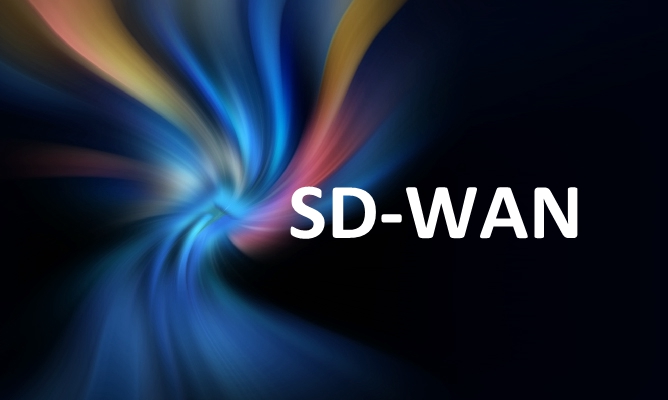Global IT supply chain
International transportation + IT O&M outsourcing + self-owned backbone network
In today’s digitized business environment, the real-time transfer and security of data are crucial for the success of enterprises. With businesses increasingly relying on cloud services, remote work, and distributed operations, SD-WAN has become the network choice for many organizations. This article explores how SD-WAN ensures real-time data transfer and security.
1、Ensuring Real-Time Performance
a、Dynamic Path Selection
SD-WAN utilizes intelligent dynamic path selection technology to continuously monitor the performance of network paths. This means that data can be transmitted through the fastest and most stable routes in real-time, reducing latency and ensuring real-time performance. In case a path encounters issues, SD-WAN can automatically switch to backup paths, minimizing data packet loss.
b、Load Balancing
SD-WAN can balance data traffic, ensuring that no single link becomes overloaded, which could lead to increased latency. It dynamically adjusts traffic distribution based on actual network usage, optimizing performance.
c、QoS Management
SD-WAN supports Quality of Service (QoS) management, allowing enterprises to allocate priorities to different types of traffic. This means that real-time applications such as VoIP or video conferencing can receive higher bandwidth and lower latency, ensuring real-time performance.
2、Ensuring Security
a、 Encrypted Communication
SD-WAN typically employs robust encryption algorithms to safeguard data during transmission. This ensures that even if data were intercepted during transmission, it cannot be easily decrypted, protecting sensitive information.
b、Zero Trust Security Model
SD-WAN can implement a Zero Trust network model, which means that every user and device, even within the internal network, requires authentication and authorization. This effectively reduces potential internal threats.
c、Firewalls and Threat Detection
Many SD-WAN solutions integrate firewalls and threat detection capabilities. This can block malicious traffic from entering the corporate network and monitor the network in real-time to identify and respond to potential threats.

3、Redundancy and Resilience
a、Multi-Link Support
SD-WAN supports multiple connection types, including internet, 4G/5G, and dedicated lines. These multiple connections provide redundancy, and in case one link fails, traffic automatically switches to alternative available links, ensuring business continuity.
b、Intelligent Fault Recovery
SD-WAN can implement intelligent fault recovery strategies. In the event of a network failure, it rapidly detects and automatically switches to available paths, maintaining data transfer continuity with virtually no interruption.
4、Real-Time Monitoring and Analysis
SD-WAN provides real-time monitoring and analysis tools, allowing network administrators to view network performance and traffic patterns in real-time. This helps identify potential issues quickly and take corrective actions to ensure real-time performance and security.
5、Cloud Security Extension
As more enterprise applications move to the cloud, SD-WAN can extend to the cloud edge, providing direct connectivity and security for cloud applications. This allows enterprises to implement the same level of security and real-time performance in the cloud.
In conclusion, SD-WAN effectively ensures real-time data transfer and security through its dynamic path selection, load balancing, QoS management, encrypted communication, zero trust model, firewalls, threat detection, redundancy, resilience, real-time monitoring, and cloud security extension features. This enables enterprises to maintain efficient and secure network connectivity in the digital age, meeting the growing demands of business. SD-WAN should be regarded as a key tool for enhancing network performance and security for any enterprise, especially in the era of remote work and widespread cloud applications.

International transportation + IT O&M outsourcing + self-owned backbone network

Cellular chips + overseas GPS + global acceleration network

Overseas server room nodes + dedicated lines + global acceleration network

Global acceleration network + self-developed patented technology + easy linking

Global Acceleration Network + Global Multi-Node + Cloud Network Integration


